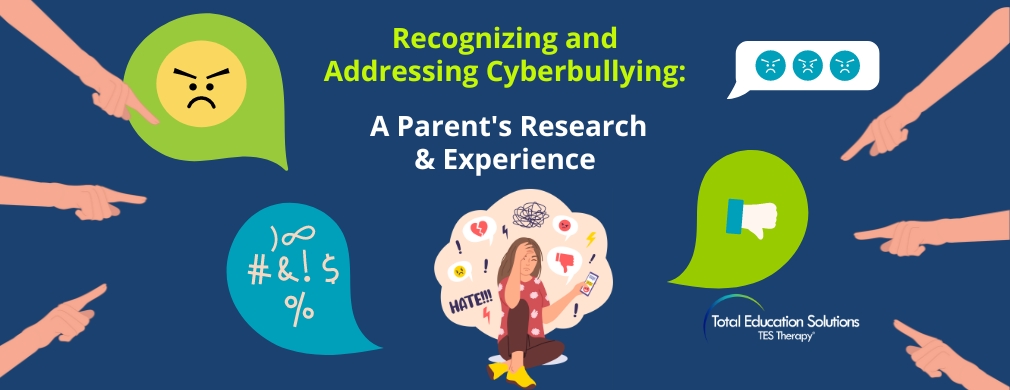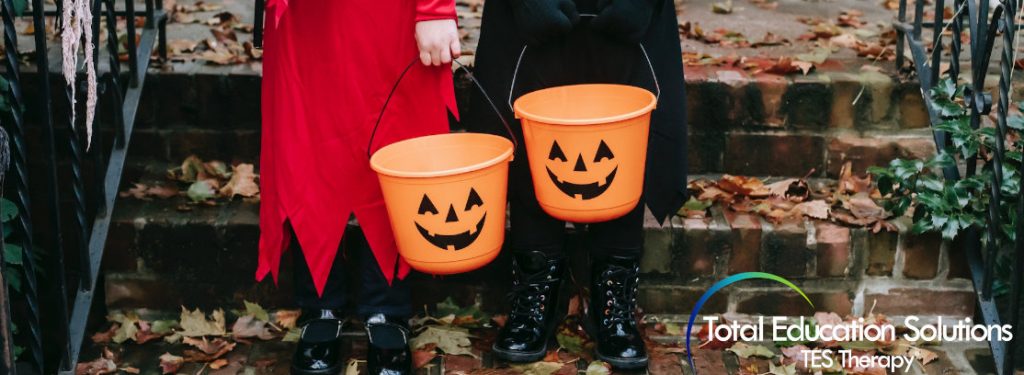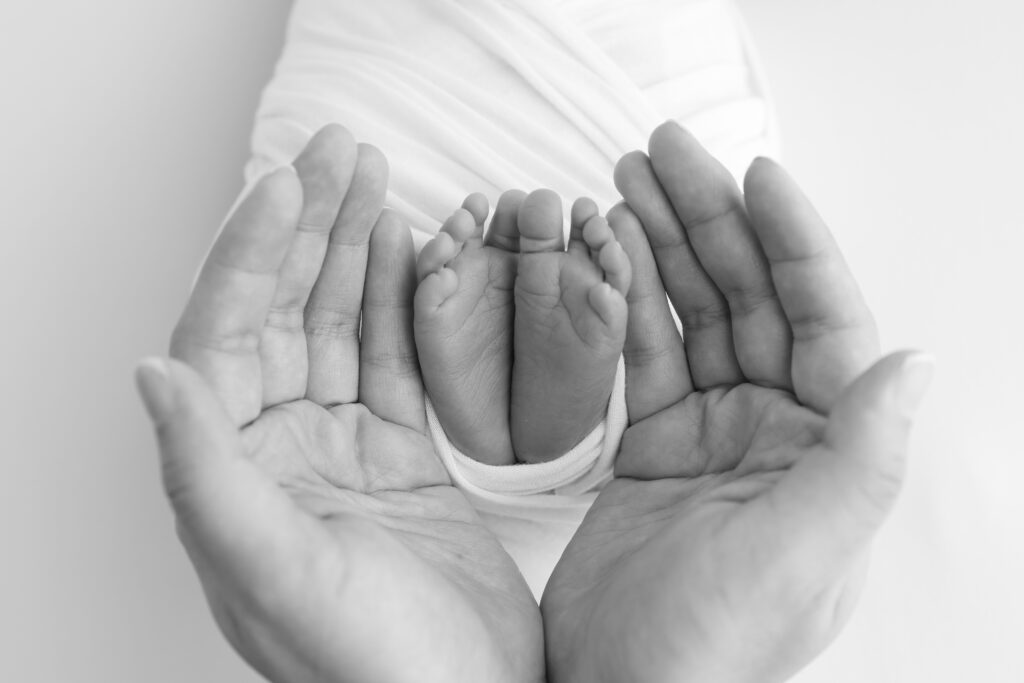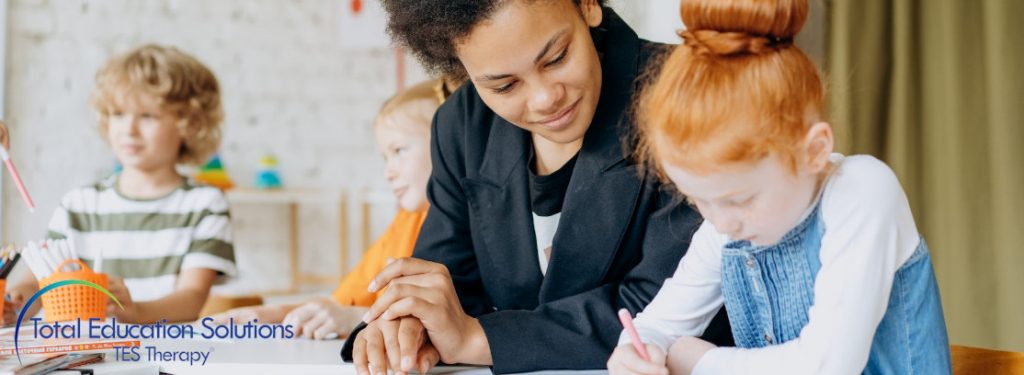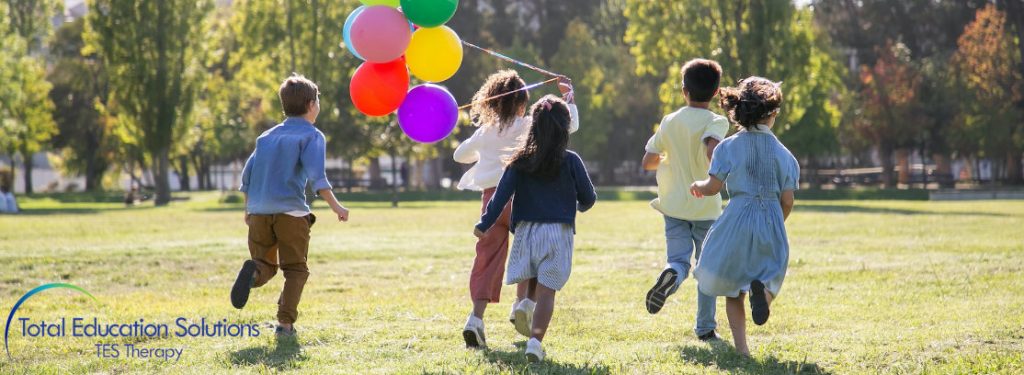New guidance from U.S. health officials urging even fully vaccinated Americans to mask up indoors in areas where coronavirus transmission is high still won’t persuade nearly 25% of American adults to regularly wear a mask, a Morning Consult poll, conducted July 31 to August 2, 2021, among 2,200 U.S. adults found. Similarly, a new Kaiser Family Foundation poll, conducted July 15-27, 2021, reported that while news of the Delta variant has made 54% of 1,517 U.S. adults polled more likely to wear a face mask, that includes only 37% of unvaccinated respondents versus 62% of vaccinated ones.
The divide over mask wearing has led to clashes across the country that are likely to continue, particularly as a number of states have issued mandates to allow school districts to implement mask-wearing mandates, while at least eight states have banned mask-wearing mandates and prohibited school districts from requiring students to wear masks. On August 4, 2021, Forbes reported that a school district in Phoenix mandated masks for their 32,000 students despite Arizona explicitly banning districts from requiring them. On Thursday, August 26, 2021, the Texas Supreme Court denied the Governor’s request to block temporary restraining orders on his ban on mask mandates, allowing schools that are requiring face coverings in defiance of the state to proceed. If you’re confused about what you can do right now, you aren’t alone.
Delta Has Changed the Pandemic Risk Calculus
Vaccinations have been a reprieve from the calculus of personal danger. But as COVID-19 cases and hospitalizations have roared back, concerns about breakthrough cases among the vaccinated and increased transmissibility among children has muddied people’s ability to gauge their own, and their children’s, day to day risk just as they’ve begun to venture back into the world and hug, eat, and laugh in the same airspace together again. In many ways, pandemic life is more confusing than ever. The frustrating reality is that we just do not have a reliable picture of how much infection is currently happening here. And Delta is far from the last variant. The coronavirus has quickly copied itself in hundreds and millions of hosts and discovered a glut of genetic jackpots that further facilitate the spread of virus mutations. These variants are the product of unfettered transmission, and will thrive further if they are allowed to do so. However, what shape the virus takes next depends on us.
What Do We Know About Choosing to Wear or Not Wear Masks?
With mask wearing and social distancing, it’s down to the individual to decide whether or not to comply, yet what influences compliance isn’t straightforward. Demographic factors such as income level, political affiliation and gender have all been associated with whether people choose to wear a mask and socially distance. A December 2020 article, in The Conversation, cited a study that found that a greater propensity for risky decision-making goes hand in hand with being less likely to appropriately wear a mask or maintain social distancing. Likewise, perceptions of the risk of Covid-19 can be a driver of where or not people decide to socially distance.
The Phenomenon of “Psychological Reactance”
Another factor in choosing not to wear a mask or socially distance is that some people vehemently believe they have freedom to behave as they wish, and experience negative emotions when this freedom is threatened, and so become motivated to reinstate it. This means that when told to wear a mask and socially distance, some people may perceive that their freedom is being taken away and react with anger, even violence, in an effort to regain their “freedom” and return to what they perceive as “the way it was before”.
Mask Wearing Can Cause Feelings of Anxiety
Mental health professionals agree that it is normal to experience feelings of frustration and anxiety about having to wear masks again. It feels wrong to go backwards and backtrack when we have to wear masks and socially distance again. Thus, it is not surprising that people may be refusing to participate in wearing face makes. At times, when people feel anxious, they tend to avoid an action altogether. People feel frustrated and they may feel angry at people who they believe are not doing what they are supposed to do, wear masks. They believe that they did what they were supposed to do in terms of cooperating and following guidelines and now they are being taken advantage of and that the spread of the virus is falling back on them. The length of this pandemic is contributing to these emotions. Everyone is fatigued. Our psychological reserves are being used up, leading to negative emotions that can spill over to many different aspects of life.
How Can We Build Resilience in Ourselves and Our Children?
We know that major disruptions, such as earthquakes, fires, floods, and wars, can cause gaps in learning, and the pandemic disruption is no exception. We are also facing a perfect storm when we read the horrific news about, or have family members or friends experience, the fires on the West Coast, the floods in the Midwest, and the devastating events coming out of Afghanistan. Education experts recognize that, much like the so-called summer slide, students will experience learning loss this school year due to these disruptions, particularly the “Covid-slide”. While children will undoubtedly require additional attention, there are steps we can take to build resilience in ourselves and our children right now.
Listen, Support, and Validate Our Children
Even if emotions are extreme, listening to our children’s concerns and expressing understanding and empathy can help provide children with support and validation. Children look to their parents and teachers as role models. How we handle our fears and stress, how we act throughout the day, will impact how our children will assess their own situation and reactions. Acknowledge that family members, their friends, or their teachers may become ill with Covid. Being honest about other unpredictable, stressful situations that may occur during the school year builds trust and encourages our children to turn to us for support. It’s Ok to let our children know that these situations can be upsetting to think about, especially when the future is uncertain. However, these conversations set the stage for future conversations and can help our children cope with future anxieties.
Take Care of Yourself and Know Your Limits
Our own physical and mental well-being can limit or increase our capacity to support others. These past months, going on two years, have been difficult for all of us and we may be struggling to keep ourselves healthy throughout all of this. Show compassion to yourself as well as others. Make time to take care of yourself so you are available to help your children. There’s no question that this school year will be different and present unique challenges. Let’s prepare ourselves to navigate what’s to come.
If you are overwhelmed by feelings of sadness or despair, reach out for help from the many mental health or spiritual resources in our community. Need someone to talk to? Contact the San Bernardino County Behavior Health ACCESS number at (888) 743-1478. Or the National Suicide Prevention Lifeline 1800 273-8255. Text TALK to 741741. Teens can also download the notOK app for further help.
Dr. Lavelle received her Ph.D. in Educational Psychology from UCLA. She founded a non-profit organization, the Institute for the Redesign of Learning, in 1974; a private company, Total Education Solutions, Inc., in 1997; and Taking Charge, LLC, in 2015. She is the creator and principal author of several training programs for educators, therapists, administrators, parents, and others working with learners of all ages and all abilities, including the Taking Charge® Parents and Caregivers Workbook (2019). For more information about the Taking Charge® programs, visit www.takingcharge.com.

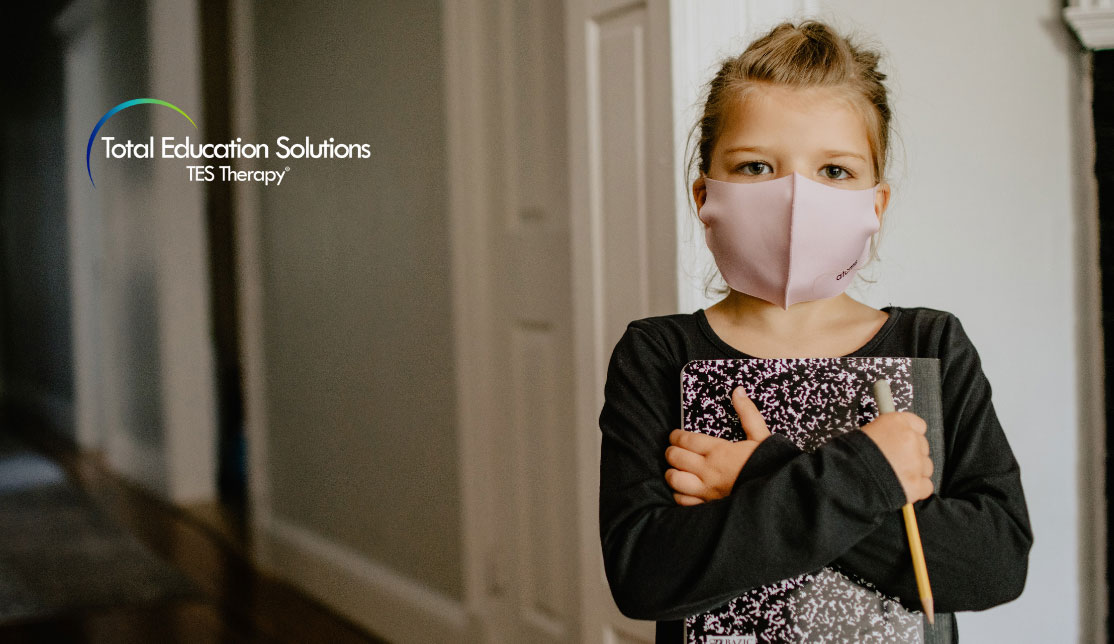
 27 Aug 2021
27 Aug 2021 